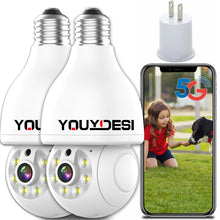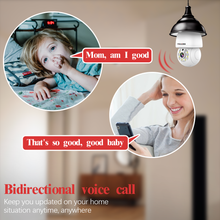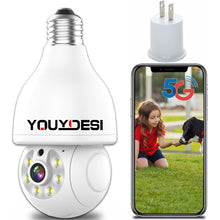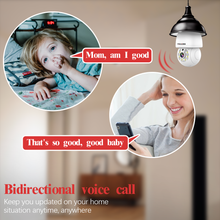2. A shopping mall security surveillance system should offer reliable performance. Reliable performance means that the security surveillance system operates consistently, ensuring round-the-clock monitoring. Features like setting recording schedules, video masking, motion detection, playback, video export, and automatic switching between infrared and day/night modes contribute to system stability.
3. A shopping mall security surveillance system should provide an array of functions. Video surveillance systems can be managed by zones and offer features like human shape analysis, customer traffic statistics, and alarm functions, enhancing overall mall security.
Incorporating indoor and outdoor home security solutions is an integral part of modern security systems. For indoor monitoring, the system may include wireless bulb cameras, which offer discreet surveillance while blending seamlessly into the environment. Additionally, for outdoor surveillance, you might consider light bulb cameras that provide both illumination and security, improving safety and visibility in the mall's exterior spaces.
These three elements, strong targeting, reliable performance, and a rich feature set, ensure the effectiveness of a shopping mall's security surveillance system, combining indoor and outdoor home security solutions to create a comprehensive and robust security network.










